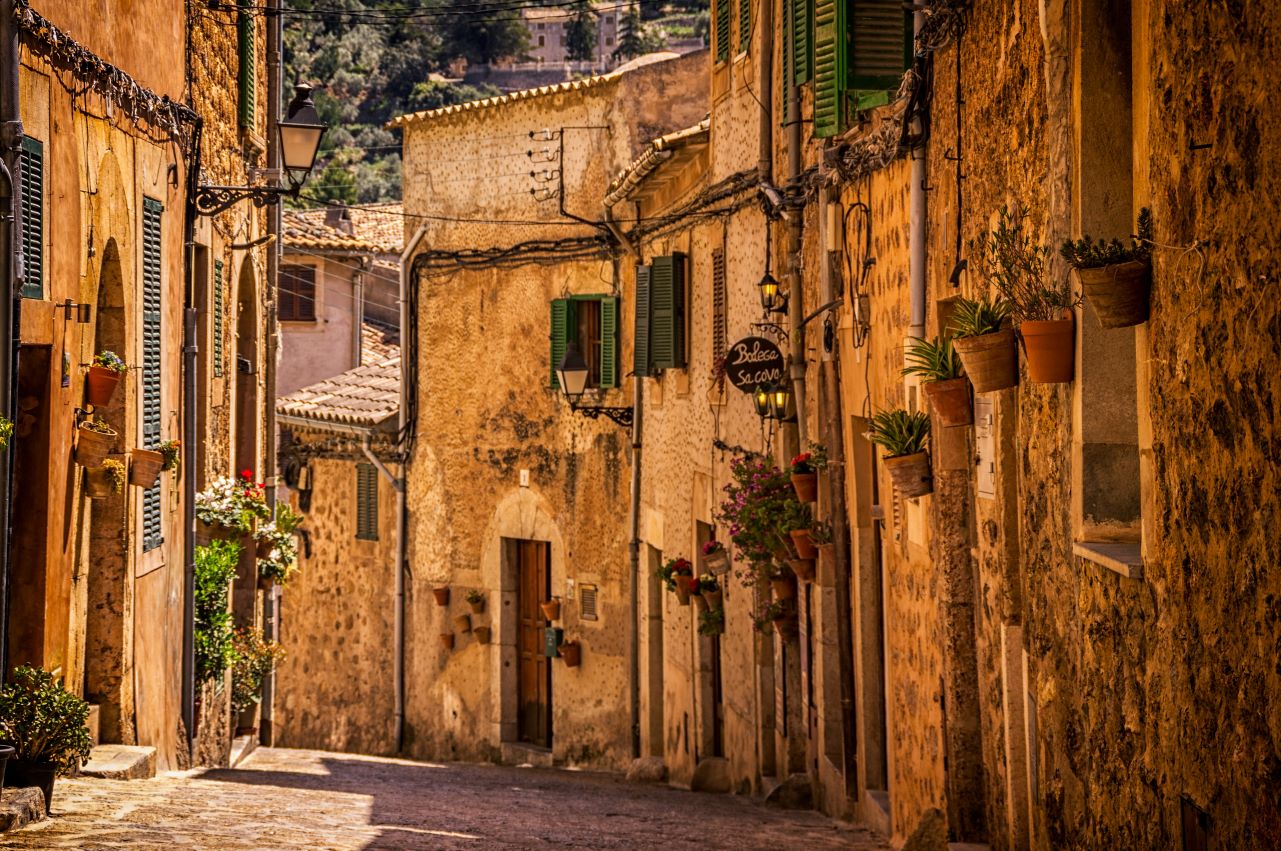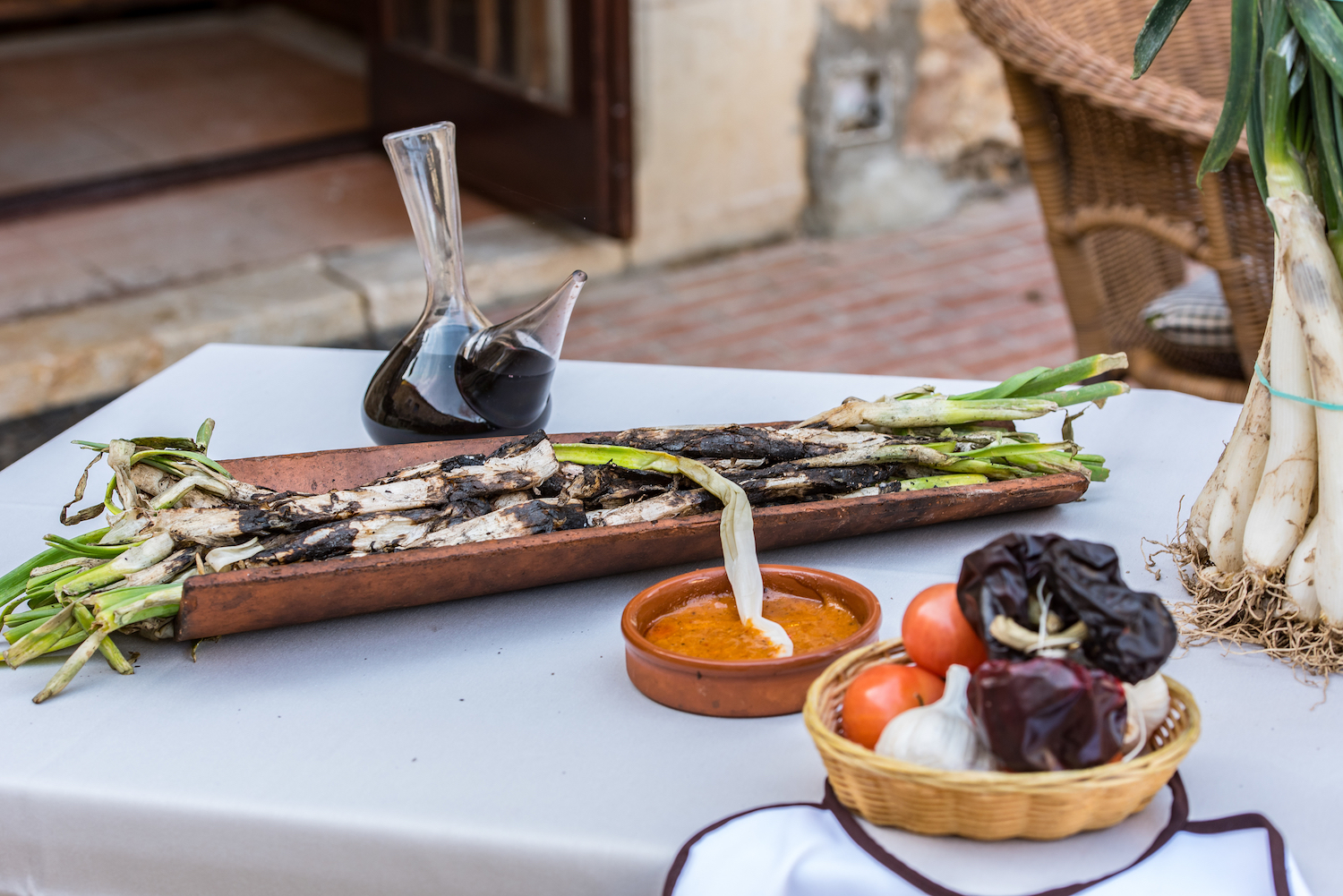The Spanish social insurance system
The Spanish social insurance system
All the employed Spaniards and their families (as well as the foreigners living and working in Spain and having the residence permit) (tarjeta residencia) get the social security cards (seguridad social). The owners of such cards have the right to seek health care and consultation in the health centers (Centro de Salud). There are many insurance companies in Spain. The most popular of them are: Asisa, Santiac and Adesla. Buying insurance here is very profitable, as it gives you’re the right for free (or at least very cheap) treatment both in Spain and abroad, and get the paid services at a large discount. These insurance companies allow you to get all kinds of medical assistance. Every company gives their clients the list of institutions, where they can get medical assistance for the insurance money. Santiac also offers the insurance policies “Mundi” (“World”) with the coverage of 100 000 – 1 000 000 euro, which allows you to receive assistance in other European countries, Great Britain and USA. The price of insurance policies from Adesla and Santiac is 450-600 euro per person per year, and Sanitas Mundi-600-1000 euro per person per year.
We can conclude the following: the Spanish public health system is very safe and affordable, but buying insurance can’t hurt. Social insurance will increase your confidence and comfort, as you can’t save on health.
Kindergartens and schools in Spain
Education is the key components of person’s life. The main stages of education are kindergarten and school. Here the children learn to love knowledge; they get different hobbies, form their characters and make friends. Therefore, you should take the choice of educational establishments very seriously. You should devote much time and attention to this question.
The first stage of education in Spain is the early childhood education (Educacion Infantil, 0-6 years). Many kids in Spain go to the nursery at the age of 4 months, as the Spanish mums don’t stay on maternity leave for a long time. Due to the shortage of public nurseries, children usually go to the private kindergartens. Place in the public nurseries are usually offered to the lone parents, low-income and large families and the children with problems of development. However, even the place in public nurseries is quite expensive (on the average, 200 euro per month). Another option is a private kindergarten. It is also difficult to get there, and you must sign in beforehand (in February-March). The classes start in September. The working time of kindergarten is from 8-9 to 17-19 o’clock.
There are also paid hours (after 20.00, especially for the working parents). With the age of 3, children start the second stage of early childhood education. Children go to the kindergartens, where they prepare for school. It is much easier to get the place in this “adult” kindergarten, as the children over 3 years old officially form the part of education system.
The next stage is school education (La Educacion General Basica, 6-14 years). There are 3 types of school in Spain. The first one is the public school (Publico). In such schools, the children get free education. They pay only for the books, school supplies and some administrative fees. The public school can be visited only by the children who are constantly and legally resident in Spain. In the admission to school, you should consider a lot of factors: place of residence, the place of study of their older sisters and brothers, financial situation, etc.) The second type is state integrated schools (Colegios Concertados). These schools are financed partly by local authorities or Catholic Church, partly through the parental contributions. Such schools are focused on the language teaching. In contrast to the public schools, the number of students here is limited. Although studying here is considered free, there are mandatory contributions- from 100 to 200 euro per month. Finally, the third type is private school (Colegios Privados), financed only by the parents of students. Of course, the education in private schools is much more expensive. Most private schools provide bilingual education (for example, in Spanish and English) and allow you to enter higher education abroad. The cost of education in private schools range from 500 to 700 euro per month (that doesn’t include excursions, food and school bus). This is the perfect option for both children and parents, as it offers children great promise in future.
Good luck choosing the place of education of your child!








Comments